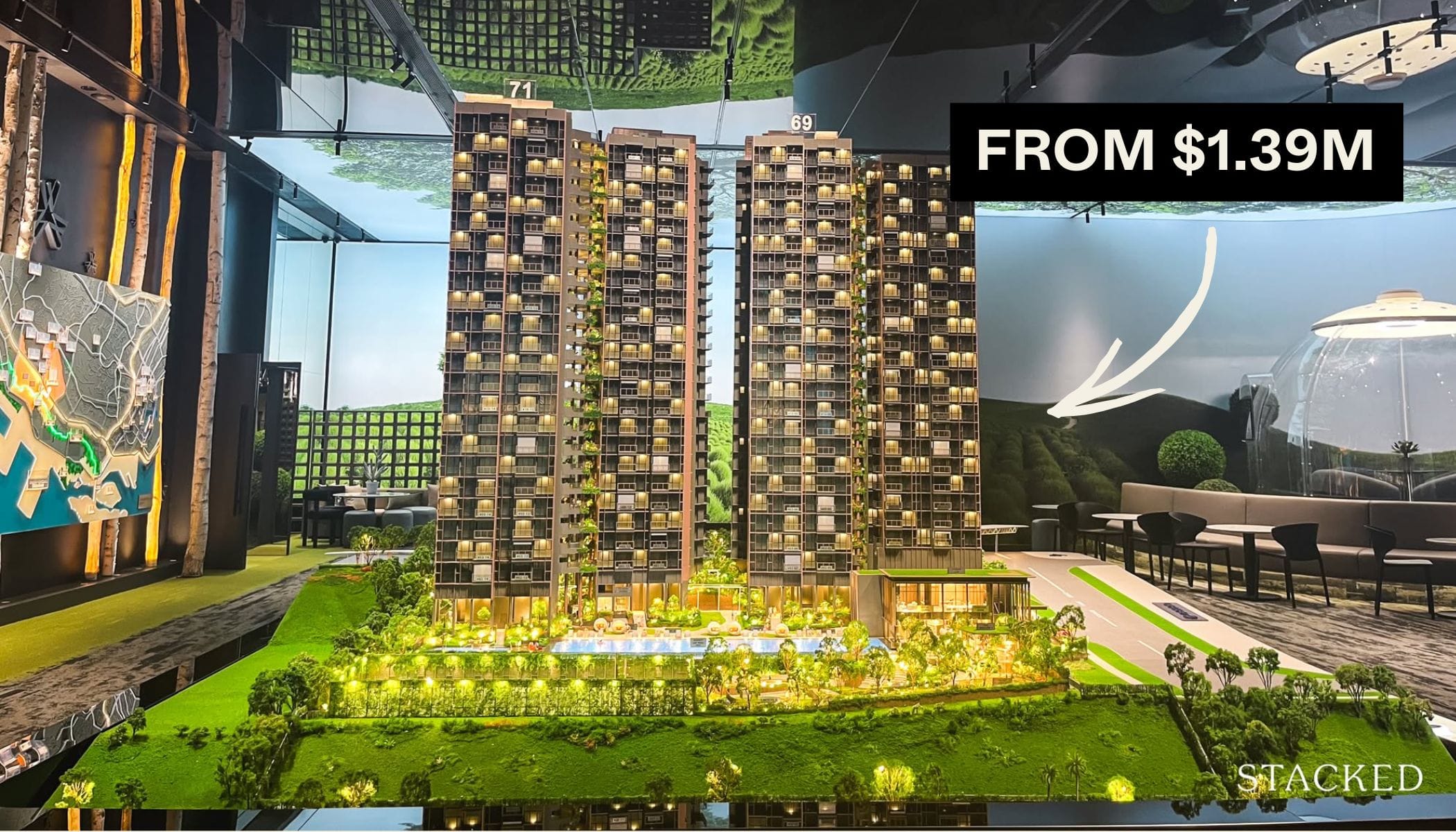I’ve Lived in A Landed Home In Orchard For 5 Years: Here’s An Insider View On What It’s Like
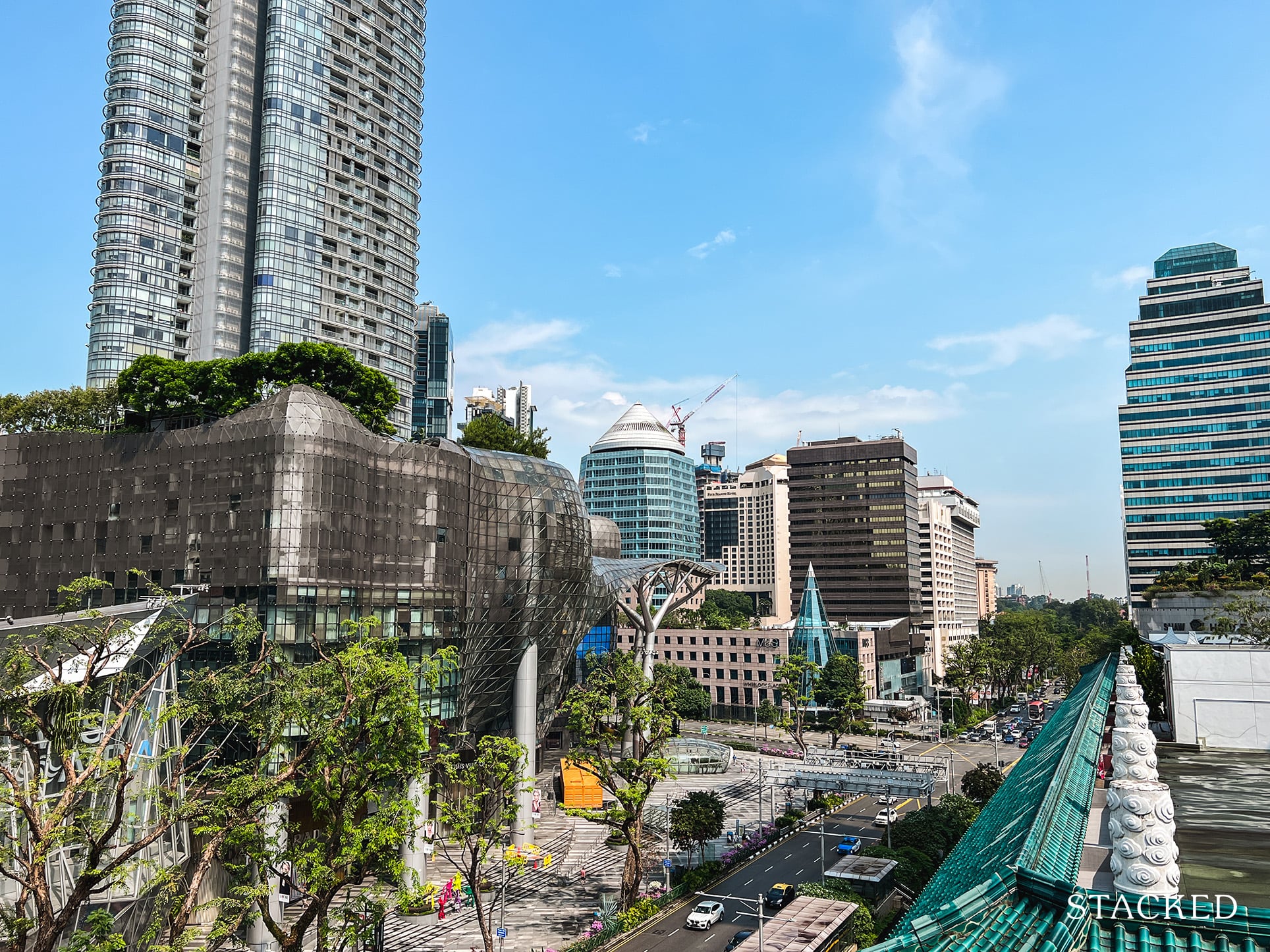
Get The Property Insights Serious Buyers Read First: Join 50,000+ readers who rely on our weekly breakdowns of Singapore’s property market.
A seasoned content strategist with over 17 years in the real estate and financial journalism sectors, Ryan has built a reputation for transforming complex industry jargon into accessible knowledge. With a track record of writing and editing for leading financial platforms and publications, Ryan's expertise has been recognised across various media outlets. His role as a former content editor for 99.co and a co-host for CNA 938's Open House programme underscores his commitment to providing valuable insights into the property market.
For most Singaporeans, living right in the middle of our legendary shopping belt is a dream. However, there are downsides we may not have considered; and with ongoing decentralisation, some may even say Orchard is losing a bit of its spark. How true is all of this? We spoke to someone who has actually been lucky enough to live in this prestigious area:
Living within the heart of the Orchard shopping belt
Our Orchard resident, W, resided in a landed home right behind Paragon Shopping Centre. This would be about a 10-minute walk to the Orchard MRT station and ION Orchard.
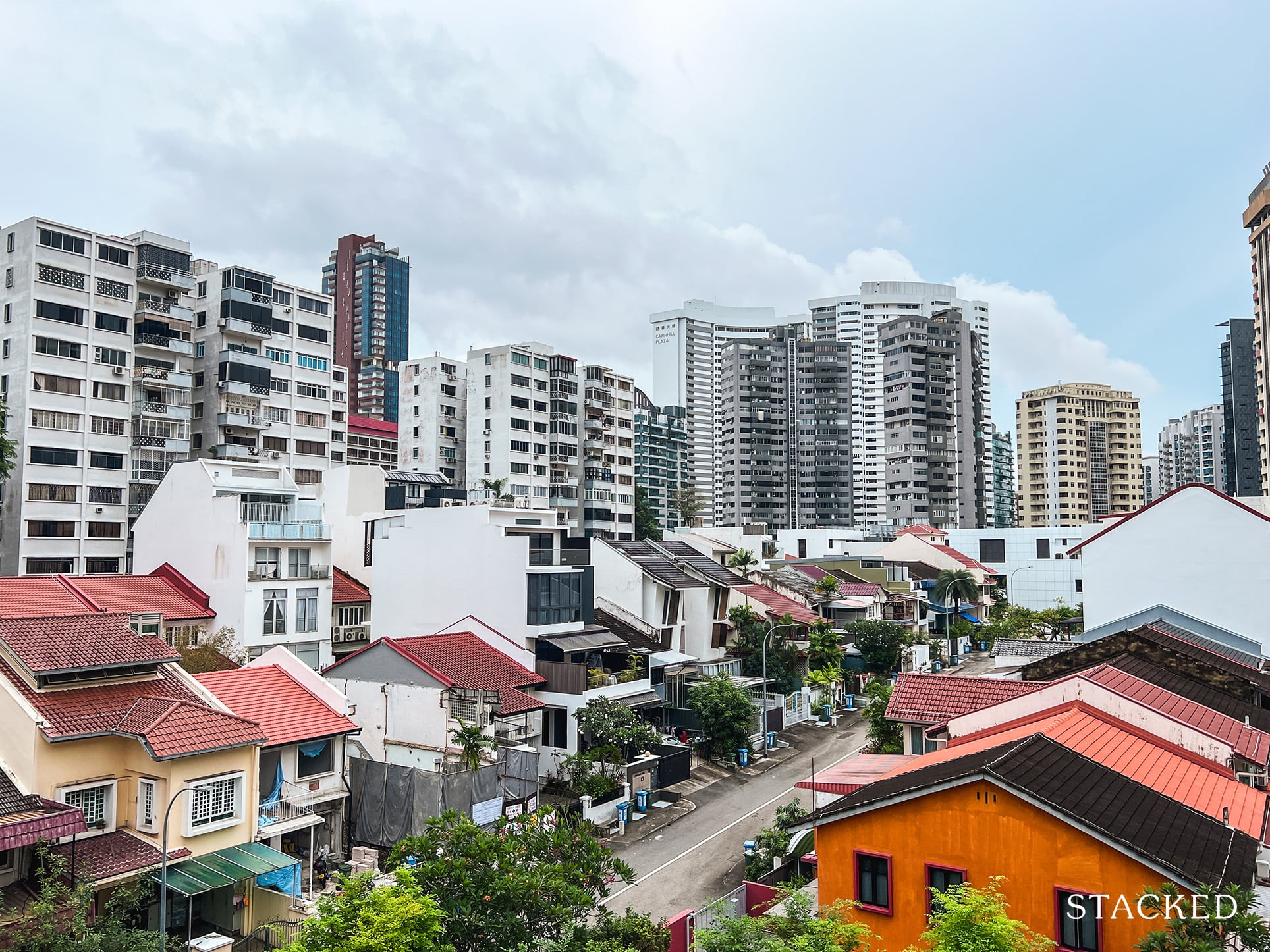
This means just about every retail amenity imaginable is in reach – be it high-end designer brands, or some cheaper shops. One way this was reflected was in the food choices. W says that, while there was a tendency to spend more on food while living in Orchard:
“We also had choices. If we wanted cheap, we could head to Lucky Plaza. There’s a food court there with affordable food. If we wanted something healthy like a salad bowl, there are good eateries in Paragon. If we wanted to go out with the family for lunch, we could easily walk to any restaurant earlier so we wouldn’t have to queue or make reservations in advance.”
One of W’s go-tos is an Economy Rice stall on the ground floor or Lucky Plaza, which is one of the cheapest places in Orchard to eat.
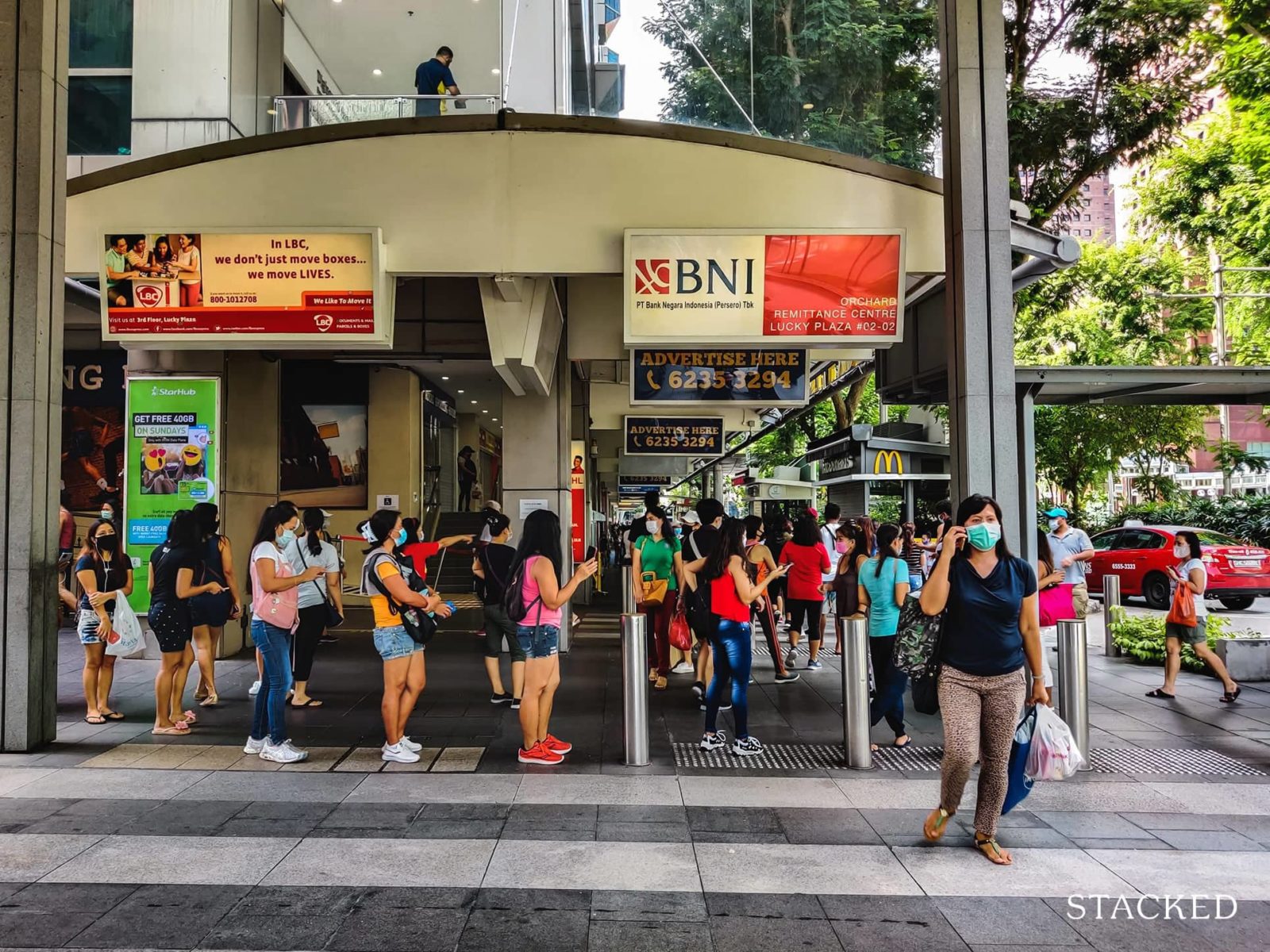
W feels this is in contrast to where he currently stays, which is in an HDB estate. While it’s still convenient, in that there’s a food centre downstairs and a neighbourhood mall five minutes away, the choices are far more limited than in Orchard.
As a flipside to this, the notorious Orchard Road traffic is an issue for residents:
“Traffic in the Orchard area is quite bad,” W says, “Especially on weekdays and even on Saturday morning, till around lunch time. The traffic here is a result of commercial vehicles coming in and out to do deliveries.
Many of them drive around or park outside the landed homes because they need to queue up to unload goods. Most come around the same time, likely to avoid ERP charges at certain times.
They will park even on roads marked with double-yellow lines, which can obstruct traffic.”
This is compounded by Private Hire Vehicles, which tend to “camp” around the Orchard area in the expectation of pick-ups. W says the quiet times are late afternoons and Sundays; but this is true of most places.
Best and not-so-good places to live in Orchard
Even in a highly desirable stretch like Orchard, not all areas are equal. While it is a bit subjective, W feels that the Emerald Hill area is one of the best:
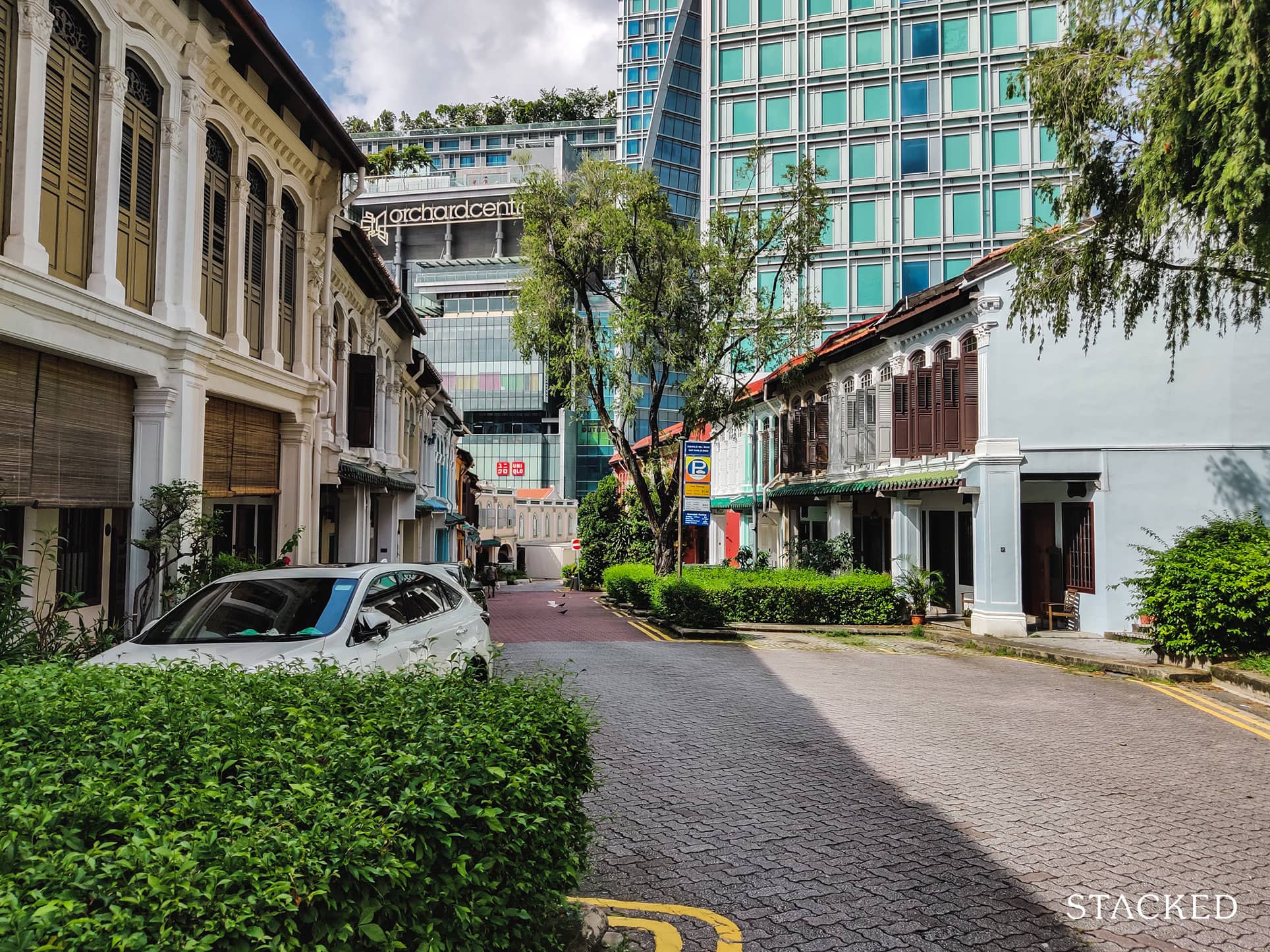
“I used to walk around Emerald Hill a lot when I lived there, because in Orchard you don’t have a park within walking distance. This was the closest I could get, and the stretch here is an idyllic enclave within the busy Orchard area.”
However, W says this stops toward the end of Emerald Hill, where the bars cause a ruckus. W says there are always a lot of people using outdoor seating at these bars, raising the noise level and smoking.
W also says the difference between the start of Emerald Hill, and the Orchard Gateway areas, are night-and-day when it comes to congestion and noise.
In W’s opinion though, the worst location would be “where the four-way junction at Paragon is. It’s also very packed there during the day.
Oftentimes, you’ll find frustrated drivers trying their luck to cross the junction, only to get held up by the pedestrian green light; and you’ll not hear the end of other frustrated drivers sounding the horn at them.”
Hidden gems and conveniences that Orchard locals would know
Living on Orchard, W came to know its nooks and crannies; and this includes some gems that even other Singaporeans may miss (doubly so in the past decade, where we know some Singaporeans have begun to despise trips to crowded Orchard Road).
One of these is cheap parking, in the red-light area of Orchard Towers (if you park before nightfall, you won’t even notice the vice activities, which only really start after 6 pm).
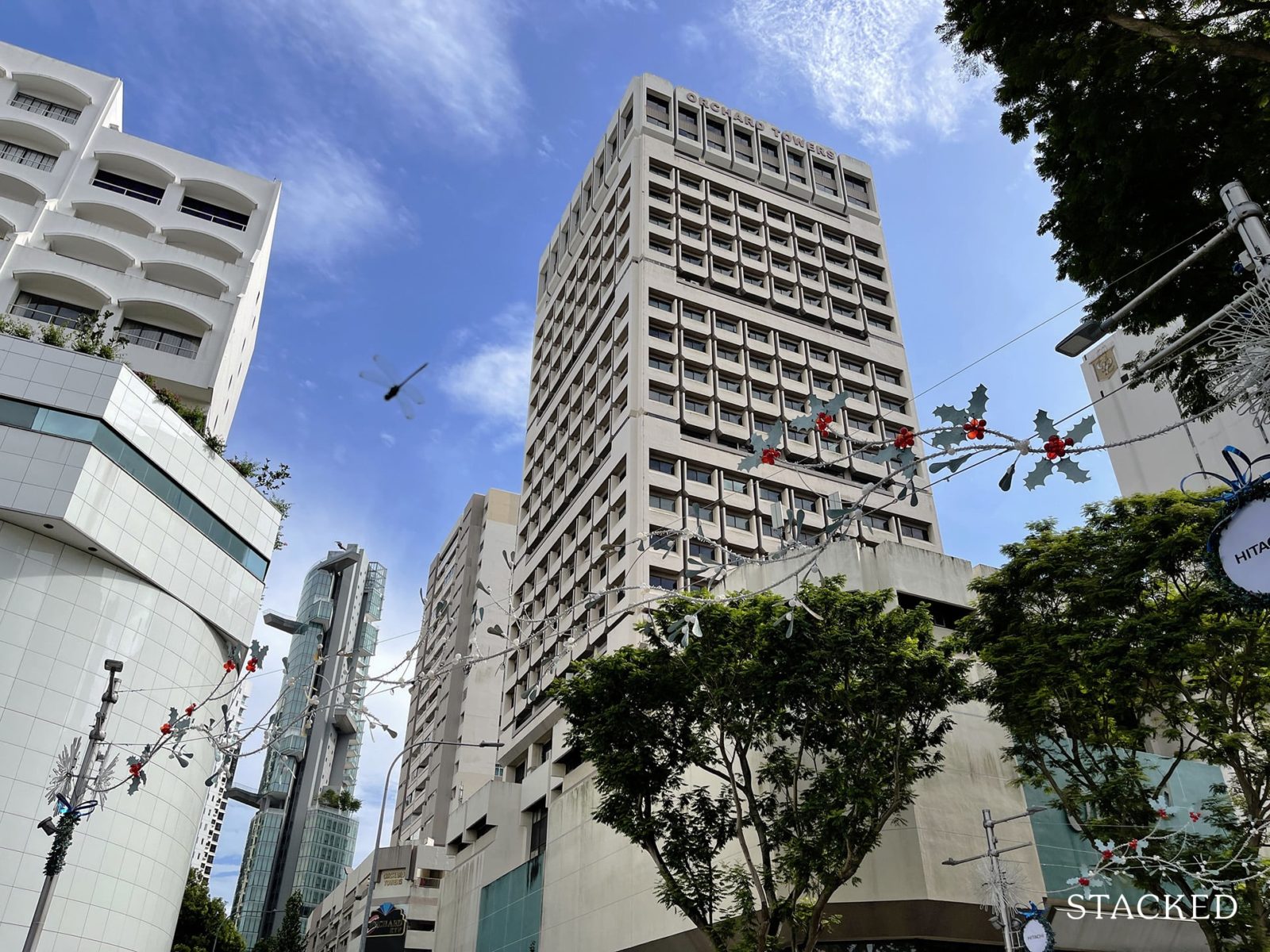
W says you can park at Orchard Towers for just $8 for the entire day, which is a steal as far as parking in Orchard is concerned.
If you absolutely must have free parking and don’t care how far you need to walk, W says that:
More from Stacked
Why DBSS Flats Are Defying The Odds: Achieving Record Million-Dollar Prices Despite Past Criticisms
Approximately a decade ago, when the Design, Build and Sell Scheme (DBSS) came to an end, the event was largely…
“You can park at the Goodwood Hill enclave. There’s a single continuous white line at the front but as you go further in, the line ends and you’re free to park there legally. It’s only for those who don’t mind the walk afterwards.”
What Orchard needs to round itself out
To be clear, Orchard is a prestigious neighbourhood that has no shortage of amenities; but W notices a few qualities are still needed to balance the neighbourhood.
“Orchard past midnight isn’t very happening,” W warns, “Unless you’re at certain spots like Orchard Towers, Cuscaden or Cuppage. If we wanted food, we couldn’t walk to Paragon or Lucky Plaza since those malls would be closed. There is a new 24-hour restaurant called Cafe De Muse at Shaw House, but it’s not cheap supper food. There isn’t a 24-hour supermarket nearby where I lived, though I never found the need for one.”
W also feels that Orchard “needs more life.”
Perhaps due to past planning, which saw Orchard as little more than a long stretch of malls, it has ended up lacking variety:
“There should be greater collaboration between the different shopping centres to work together, to bring more interesting activities to shoppers, “ W says.
“We could do with more street level activities with F&B and popup stalls, which I understand is already being done but we could do more of. Think about how it’s done in Shinjuku, Japan: I know it’s clichéd but there’s a lot of potential to transform the stretch into a lively hub of activities.
The only issue is the weather, which needs to be solved to make it practical. But the real challenge is getting multiple stakeholders to come together and align everyone’s interest.”
Another issue is the extreme urban density of Orchard.
“I think if you’re staying in Orchard, having a greenery view isn’t something you should expect,” W says. “At best, you’d get a city view. Nor should schools be a priority here either. Land value is really high and it makes no sense to put more schools in the area. I wish there was at least a park we could go to to unwind, but we never thought it made sense to have one in Orchard either. Skate Park doesn’t count.”
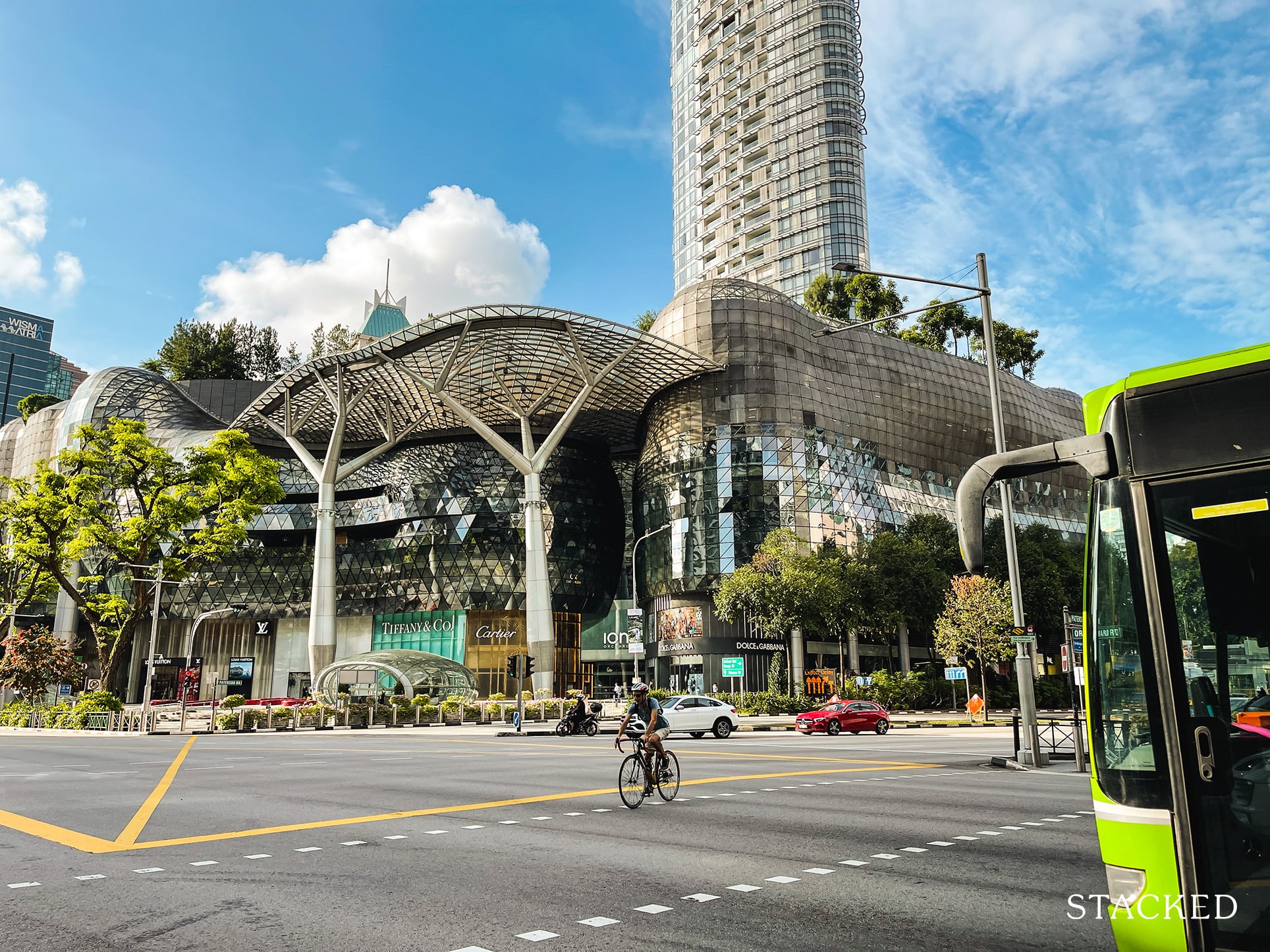
This is not something we see being resolved soon, or easily. Orchard already has traffic issues; so trying to close more roads to create green spaces will aggravate the situation (at least, until we really achieve a car-lite society). Also, as W points out, aligning the interests of major players like malls is tough – no entity wants their mall to be disadvantaged over others by a road closure, for example; and malls may not want to collaborate if they feel joint promotions help competitors more.
Decentralisation may cause Orchard to lose some clout, but it likely remains the place the be
W says decentralisation (the process of creating different “hubs” besides Orchard) has an effect. However, it’s unlikely to dethrone Orchard’s primacy anytime soon.
W says decentralisation steals some clout “in the sense that each neighbourhood with its own mall no longer is boring.
But you can only visit your neighbourhood mall that many times before you find other things to do. Orchard is still the go-to place for tourists, as it has everything you need in a shopping district. As Singapore grows its tourism sector, Orchard Road would increasingly become more and more relevant. You don’t hear of tourists going to Jurong Point do you?”
W also points out another advantage:
“Before you reach Orchard, there’s the Botanical Gardens. Adventurous souls can also visit Orchard Towers at the start of Orchard. Past that, you have malls left right and centre to just bask in air-conditioning and enjoy the multiple cuisines Singapore has to offer. There’s also Hard Rock Café at Cuscaden for those who really need to collect their merchandise.”
For hardcore urbanites, Orchard is still a dream neighbourhood of convenience and retail therapy; and its prestige is likely to last for a long time yet. But for interested buyers, you may want to consider if Orchard would be more comfortable after further pedestrianisation attempts, and URA has balanced out the area better.
For more homeowner experiences and stories, and a glimpse of housing from the street level, follow us on Stacked. We’ll also provide you with in-depth reviews of new and resale properties in Singapore. If you’d like to get in touch for a more in-depth consultation, you can do so here.
Ryan J
A seasoned content strategist with over 17 years in the real estate and financial journalism sectors, Ryan has built a reputation for transforming complex industry jargon into accessible knowledge. With a track record of writing and editing for leading financial platforms and publications, Ryan's expertise has been recognised across various media outlets. His role as a former content editor for 99.co and a co-host for CNA 938's Open House programme underscores his commitment to providing valuable insights into the property market.Read next from Homeowner Stories
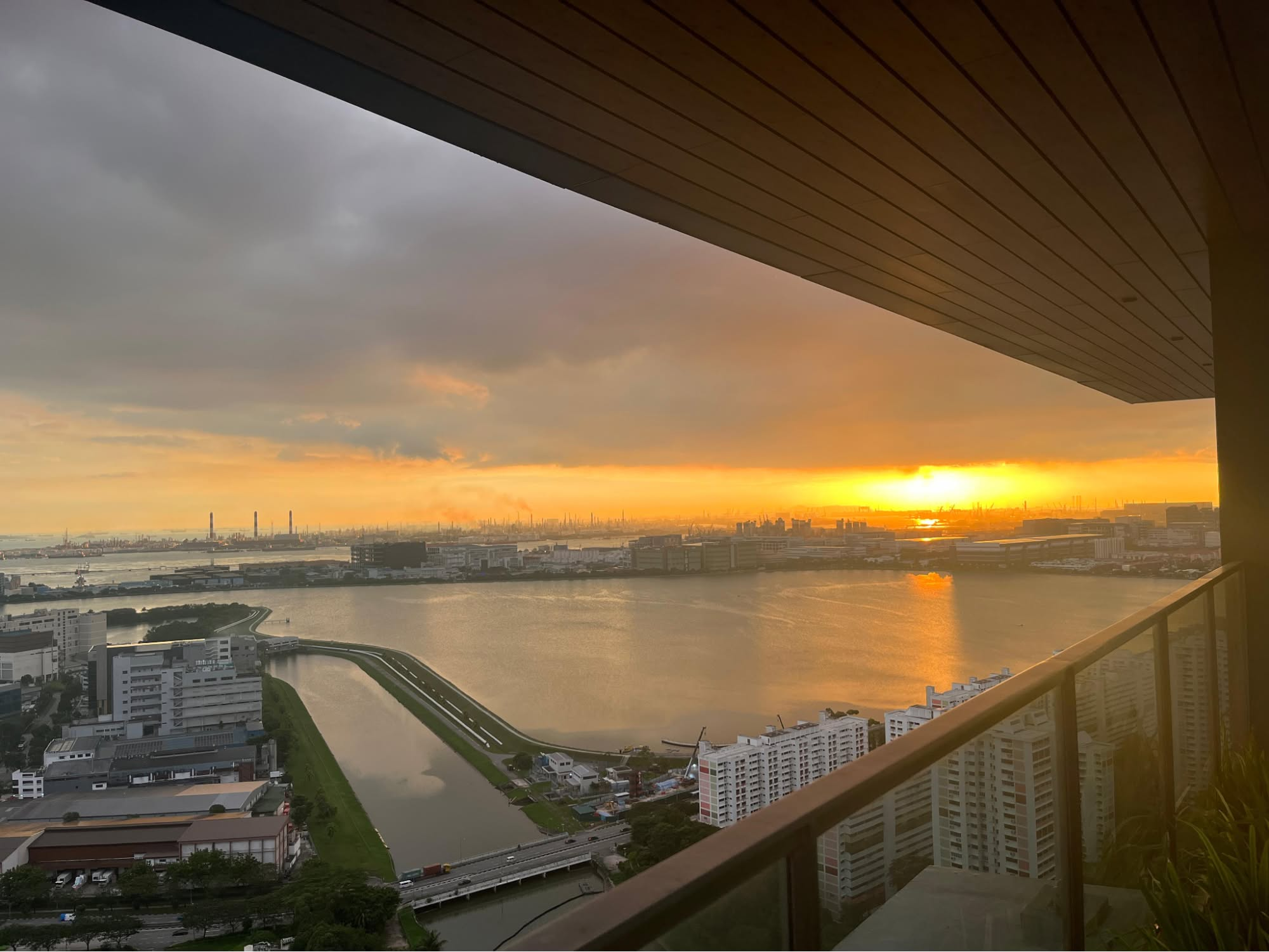
Homeowner Stories I’ve Lived in Twin VEW for Four Years: What It’s Like Living Without an MRT Nearby
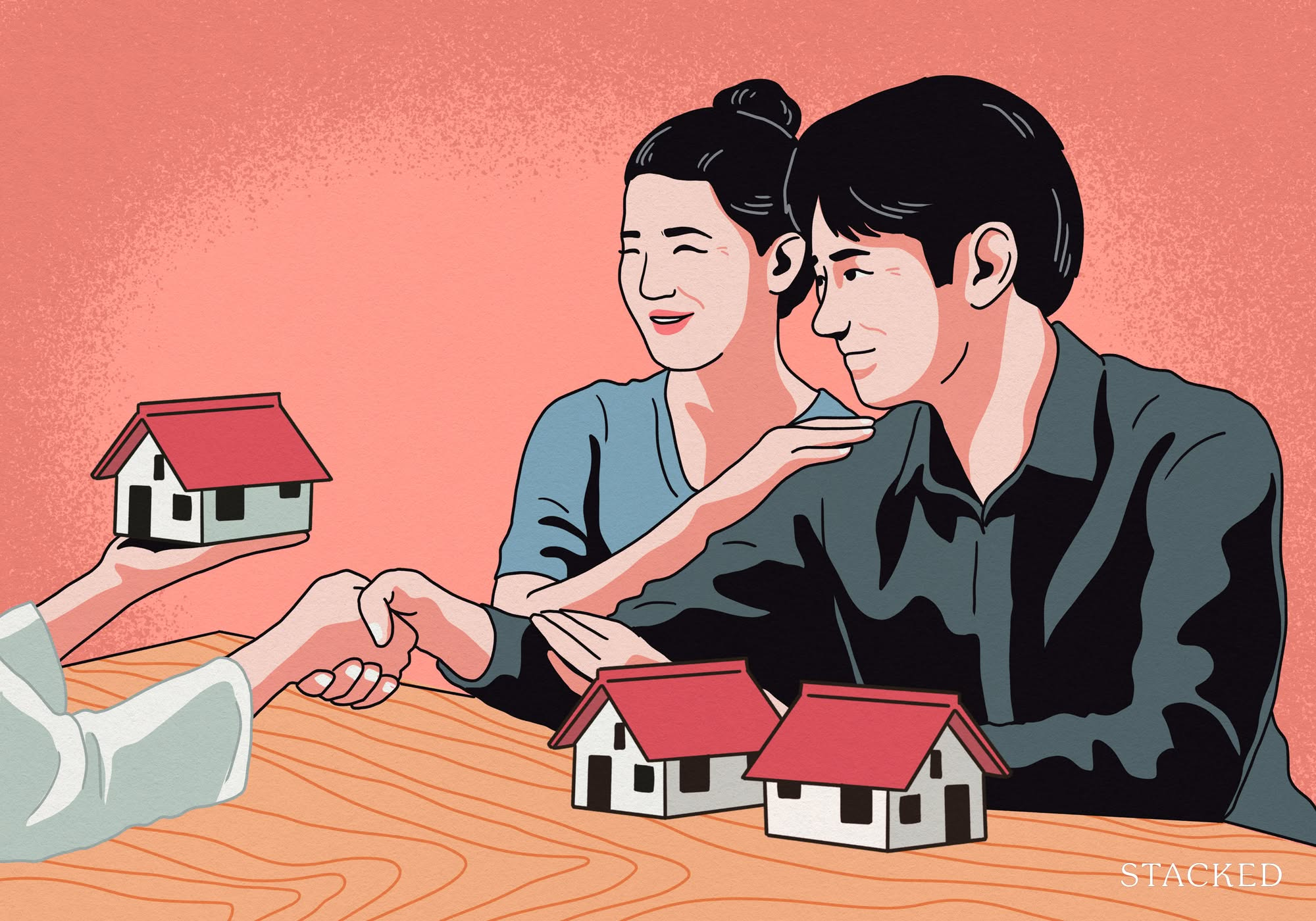
Homeowner Stories Does The “Sell One, Buy Two” Strategy Still Work In 2025? 3 Real Stories From Singapore Homeowners
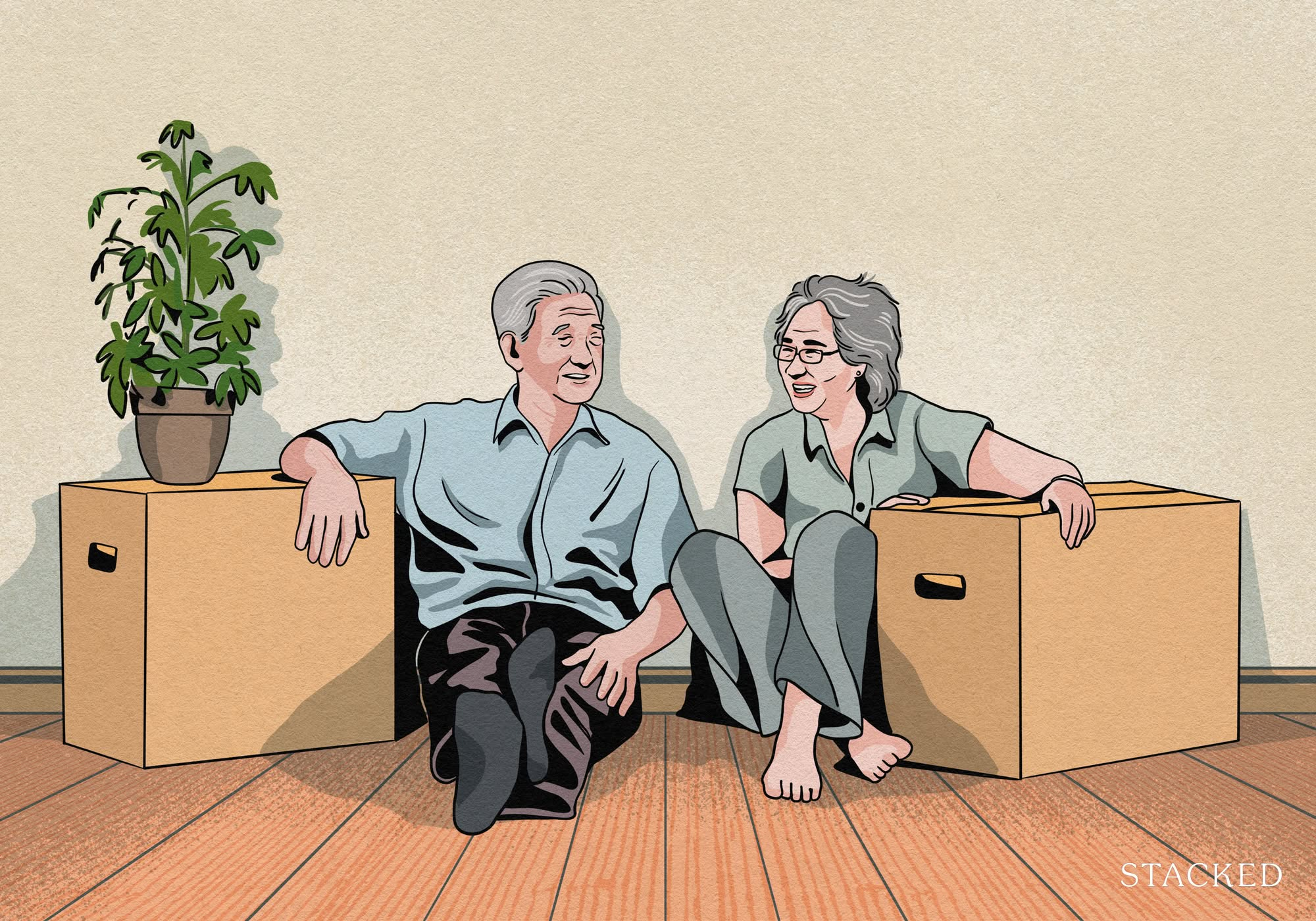
Homeowner Stories “If We Sell, We’ll Never Have A Home This Big Again”: What Singaporean Parents Do After The Kids Move Out
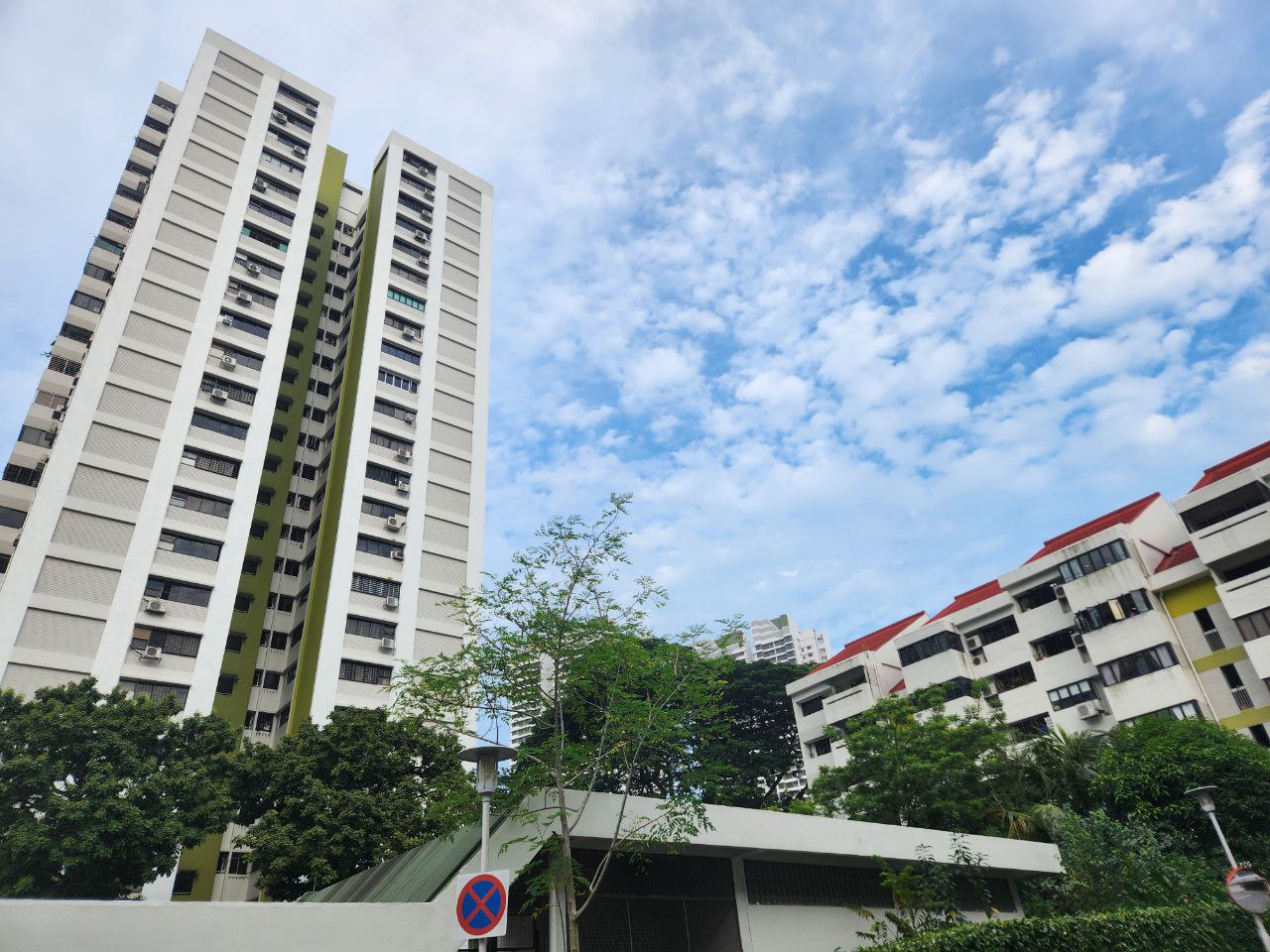
Homeowner Stories I’ve Lived In Braddell View For 14 Years: What It’s Like To Live In Singapore’s Largest Residential Site
Latest Posts
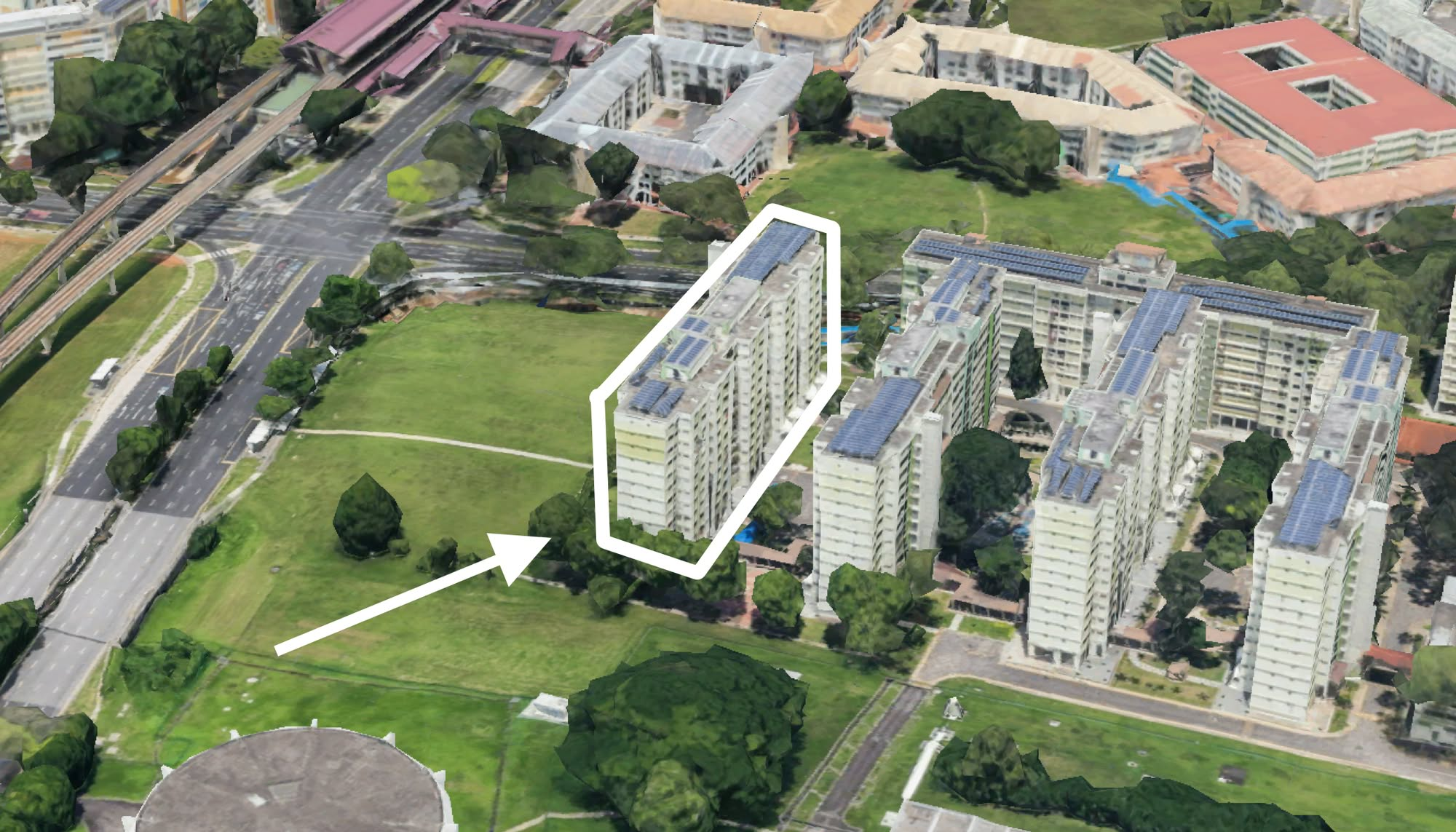
On The Market 5 Biggest HDB Flats Over 1,700 Sqft From $950k
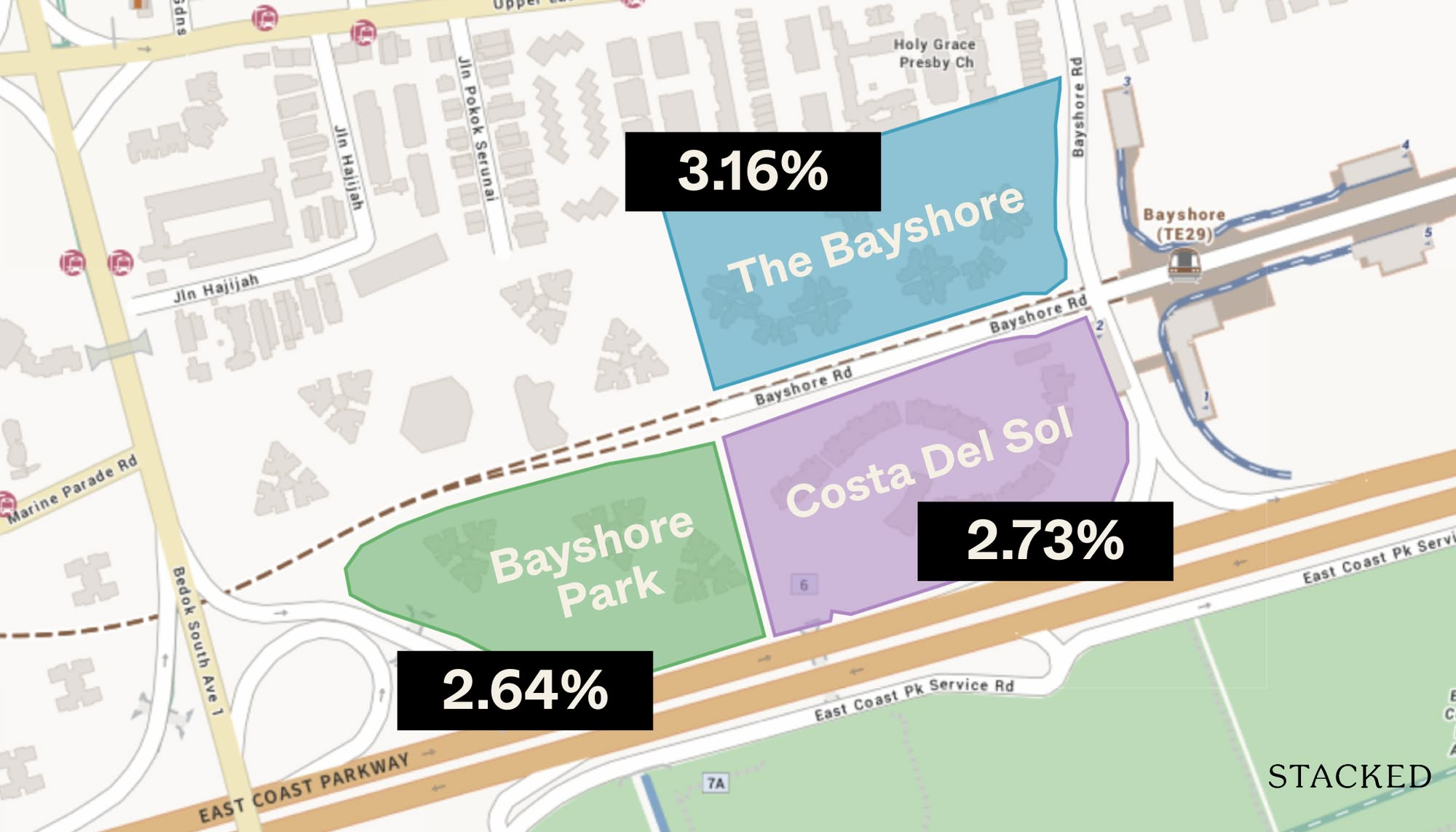
Pro 2 Reasons Costa Del Sol Underperformed—Despite Its Seafront Location And Family Appeal
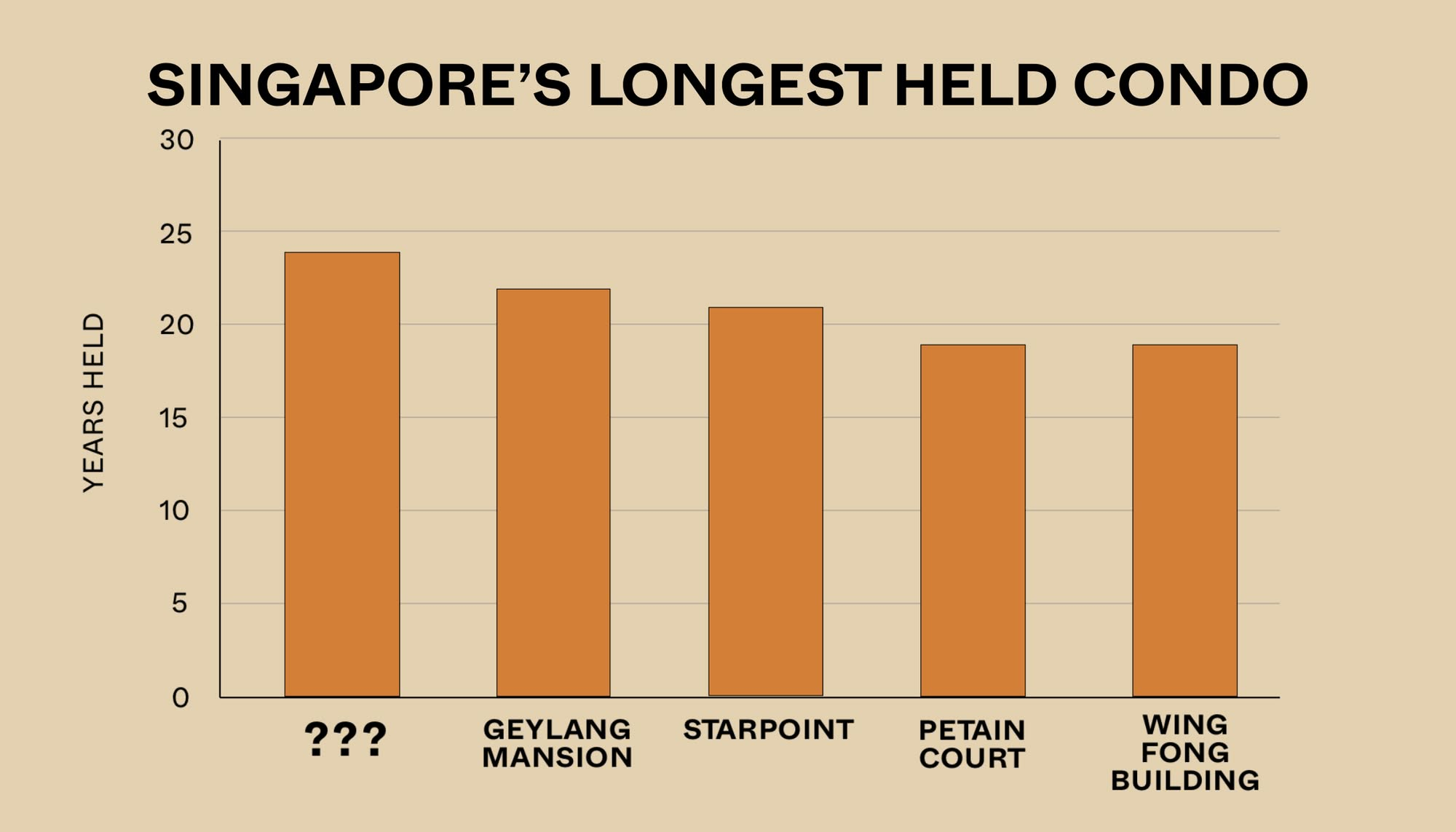
Editor's Pick The Surprising Truth Behind Singapore’s Longest Held Condos – And Why Residents Refuse To Sell After 20 Years
Pro 7 Reasons Reflections at Keppel Bay Underperformed—Despite Its Iconic Design and Prime Waterfront Location
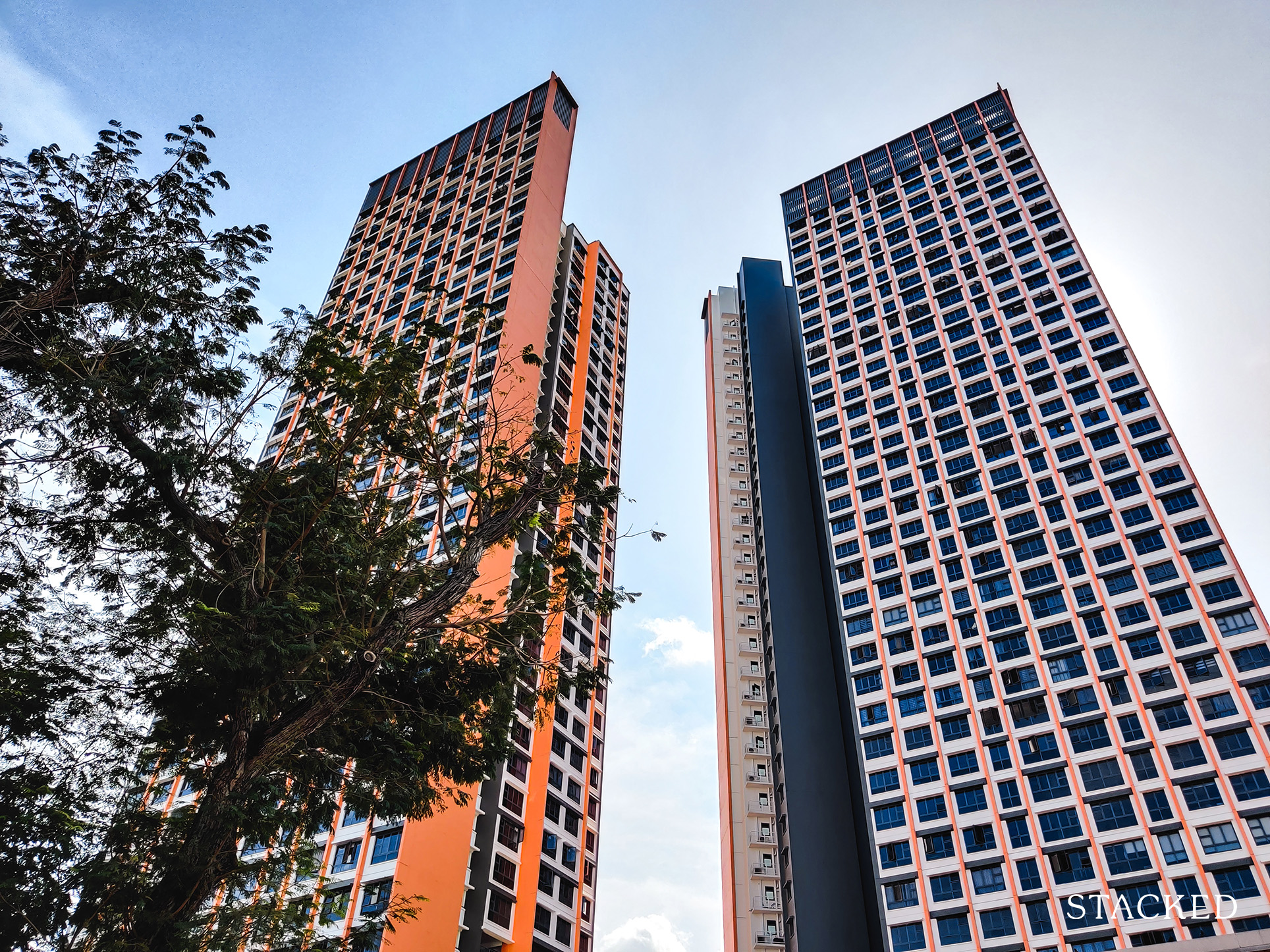
Singapore Property News Clementi 4-Room HDB Sold For Record $1.28 Million – Here’s What Makes It So Special
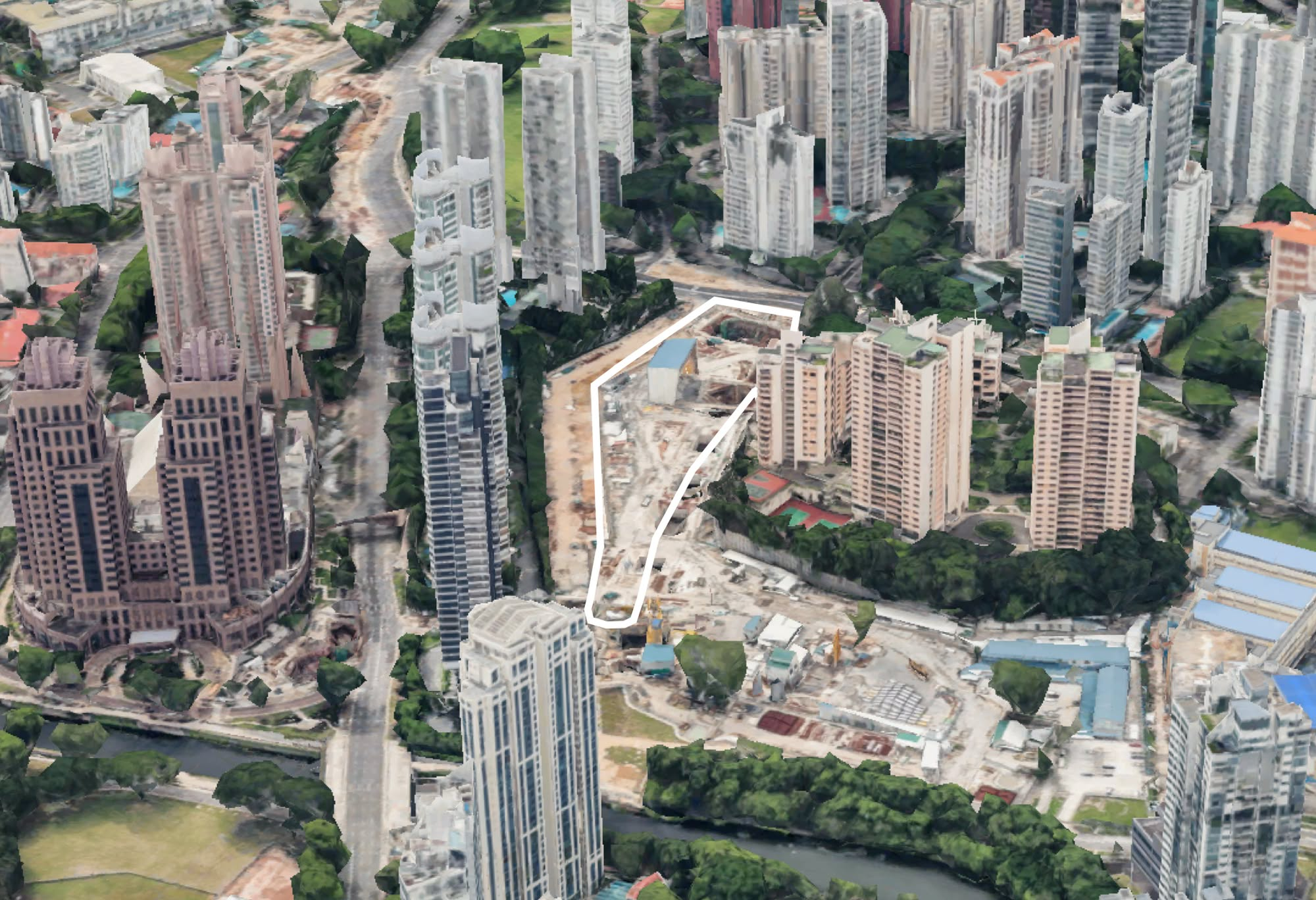
Editor's Pick This New River Valley Condo Starts At $1.2M: And It’s Cheaper Than Some City-Fringe Launches
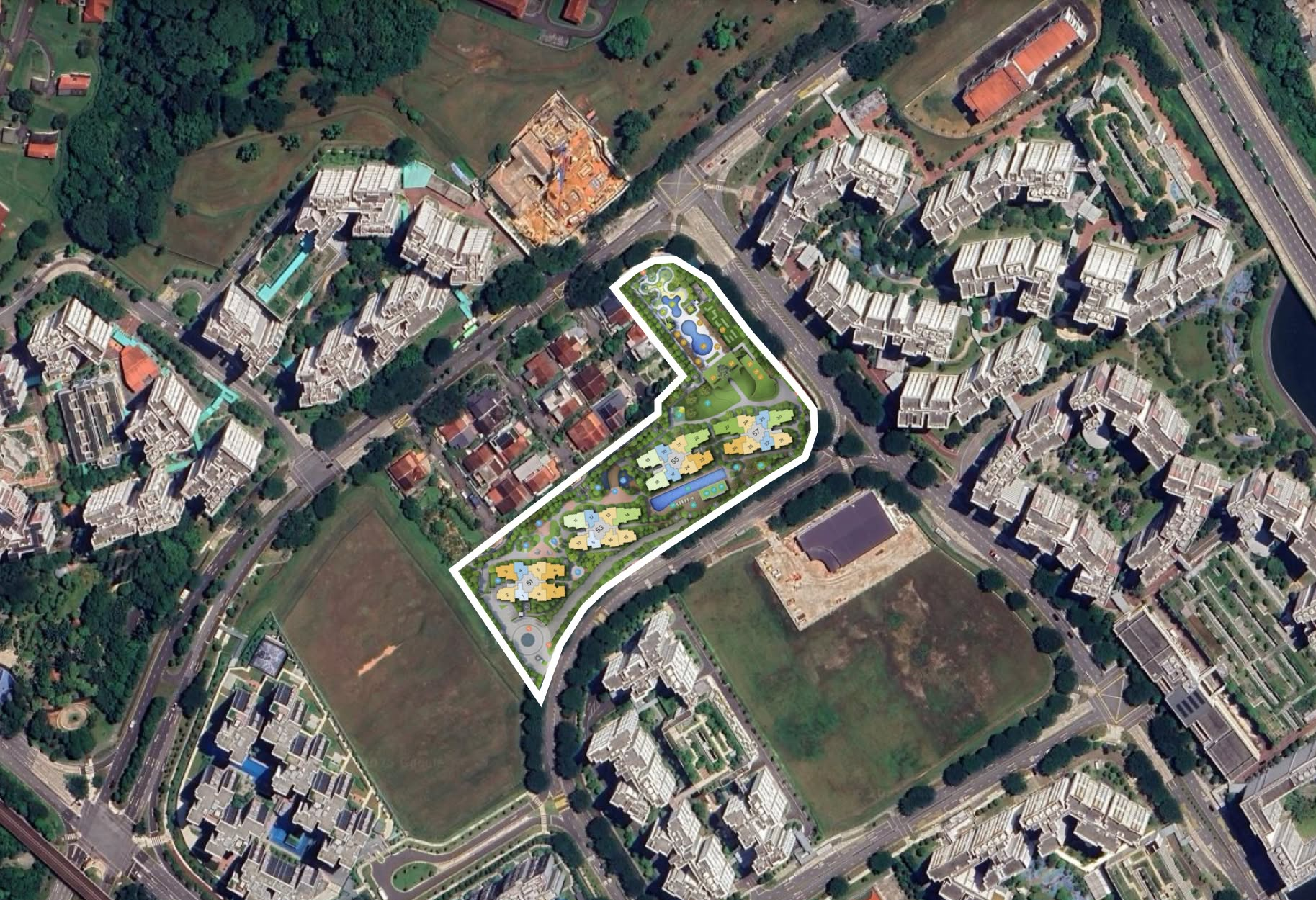
New Launch Condo Analysis This New 376-Unit Condo In Sembawang Might Be The Best Pick For Young Families: Here’s Why
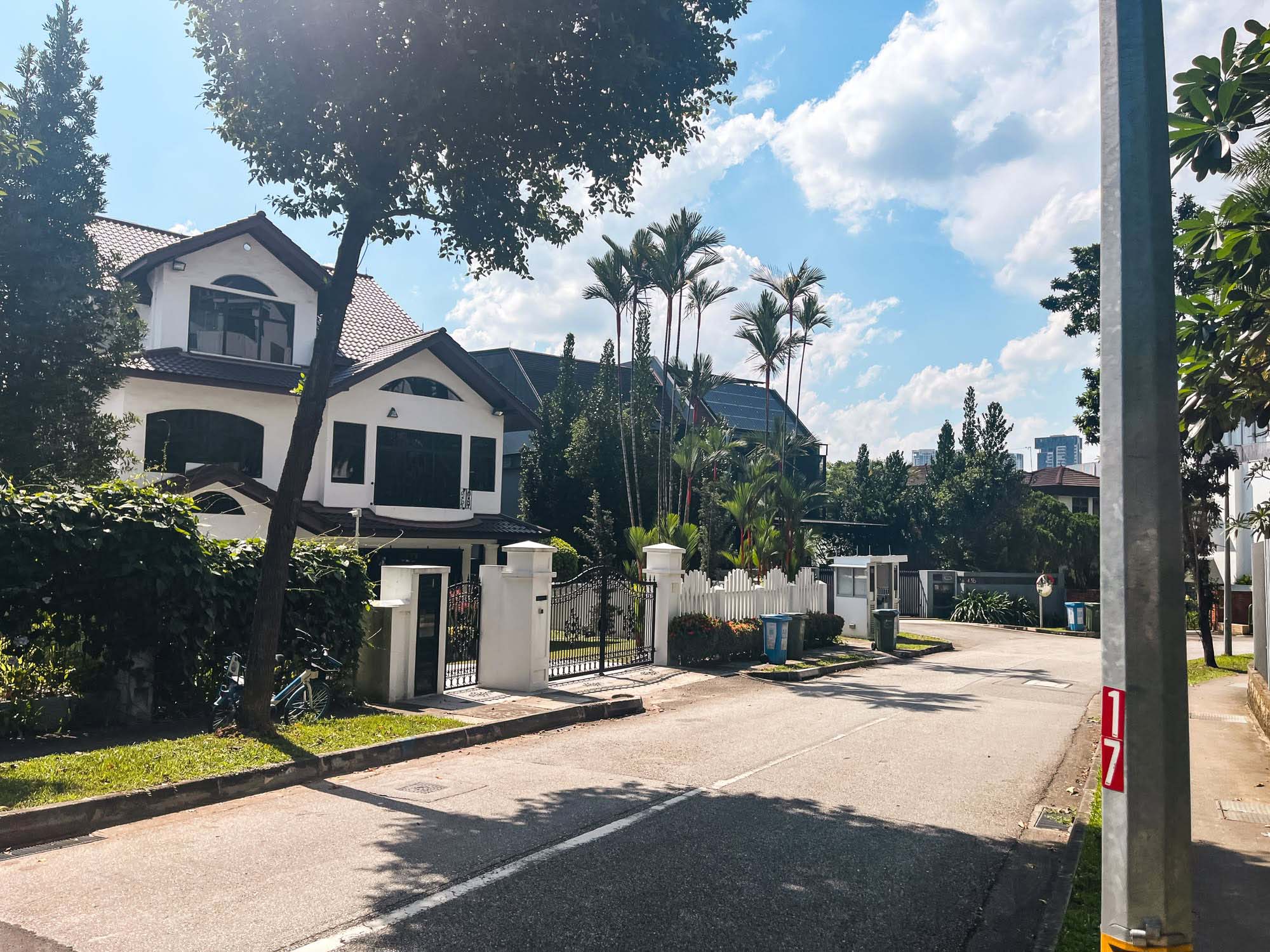
Editor's Pick Where To Find Freehold Semi-D Landed Homes From $4.4m: Touring Gilstead Road
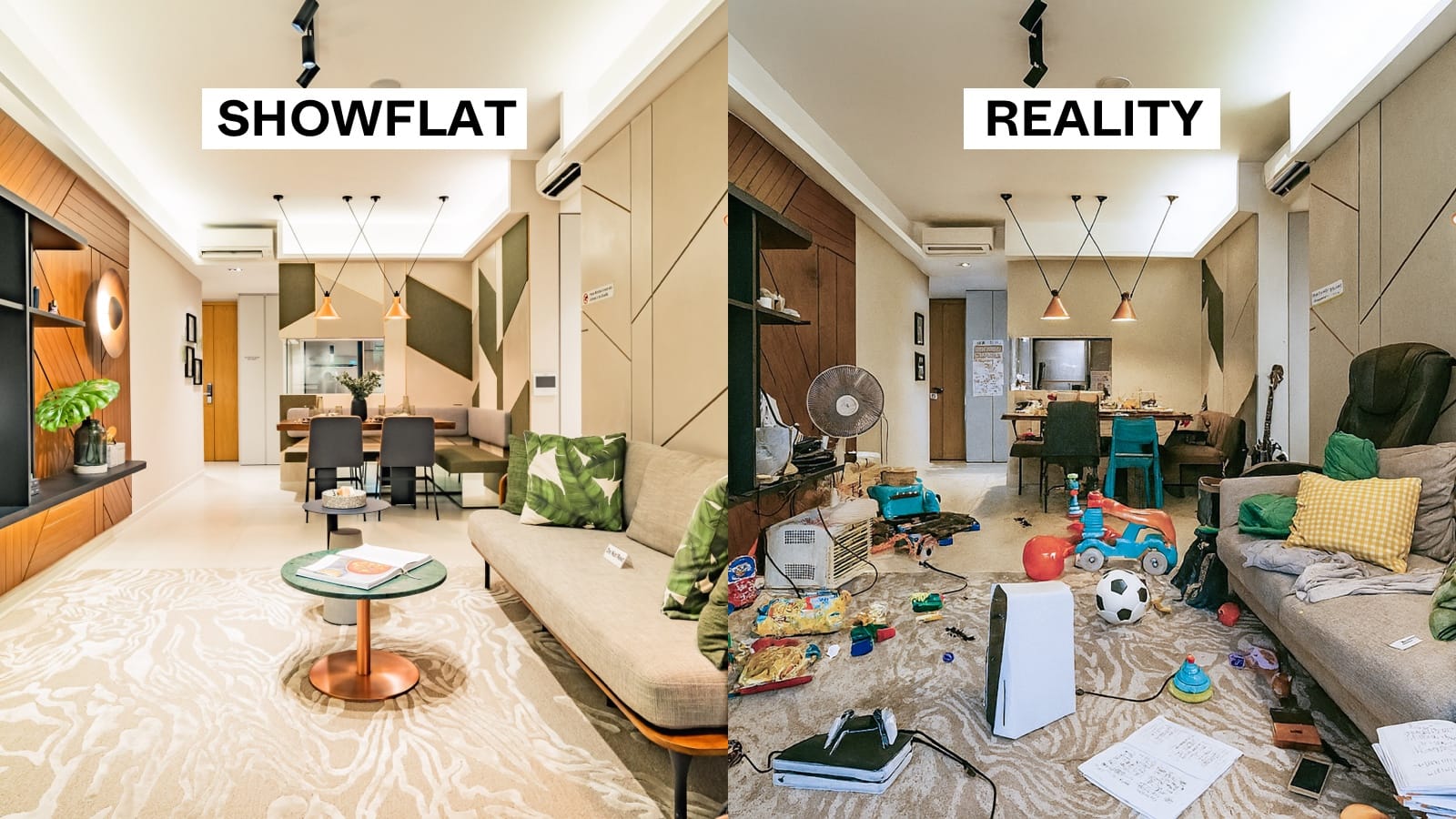
Singapore Property News The Trick to Seeing Through a Condo Showflat (Most Buyers Never Do This)
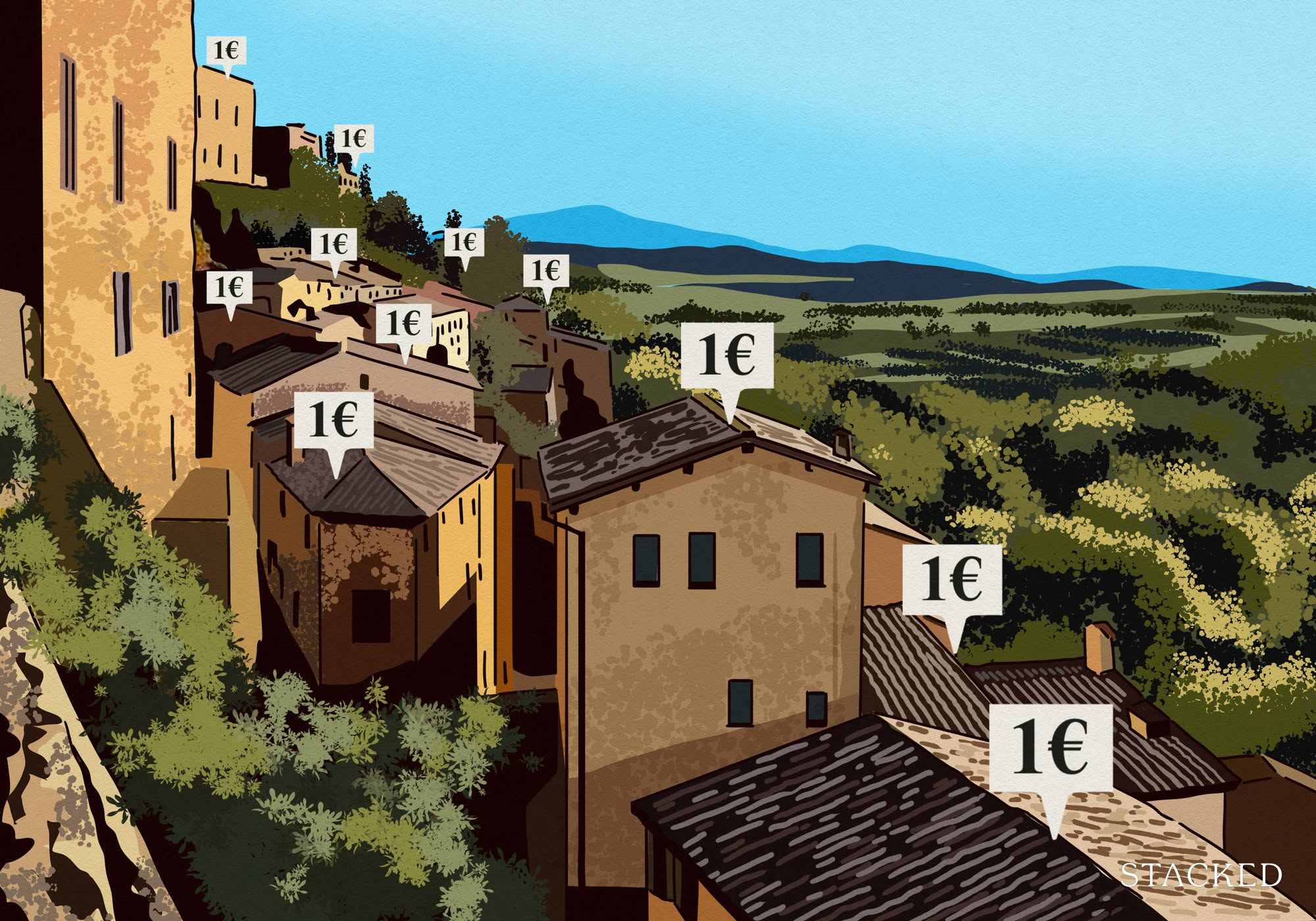
Editor's Pick Can You Really Buy A House In Italy For €1? Here’s What Singaporeans Should Know
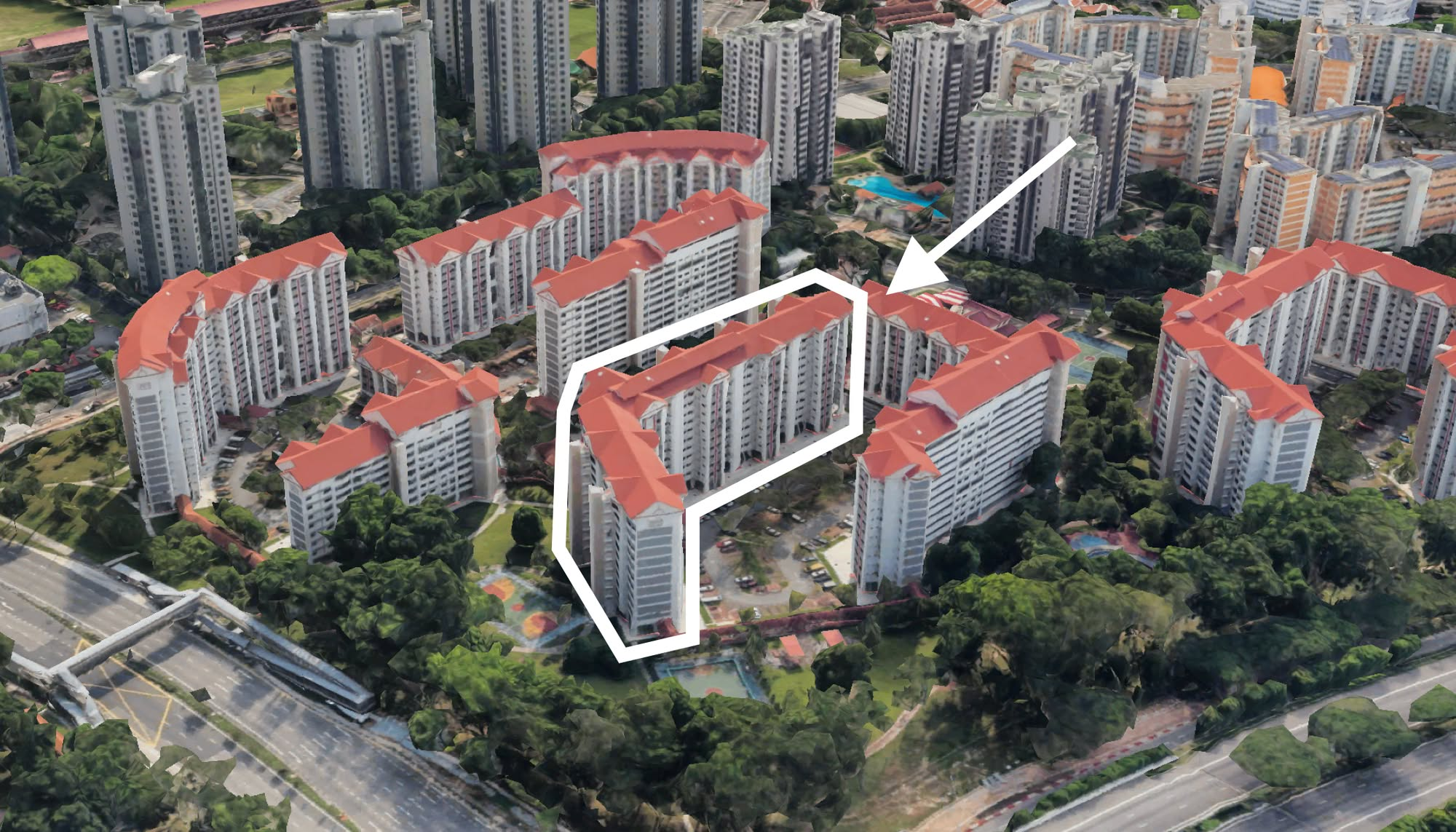
On The Market 5 Cheapest 5-Room HDB Flats Near MRT Stations From $550k
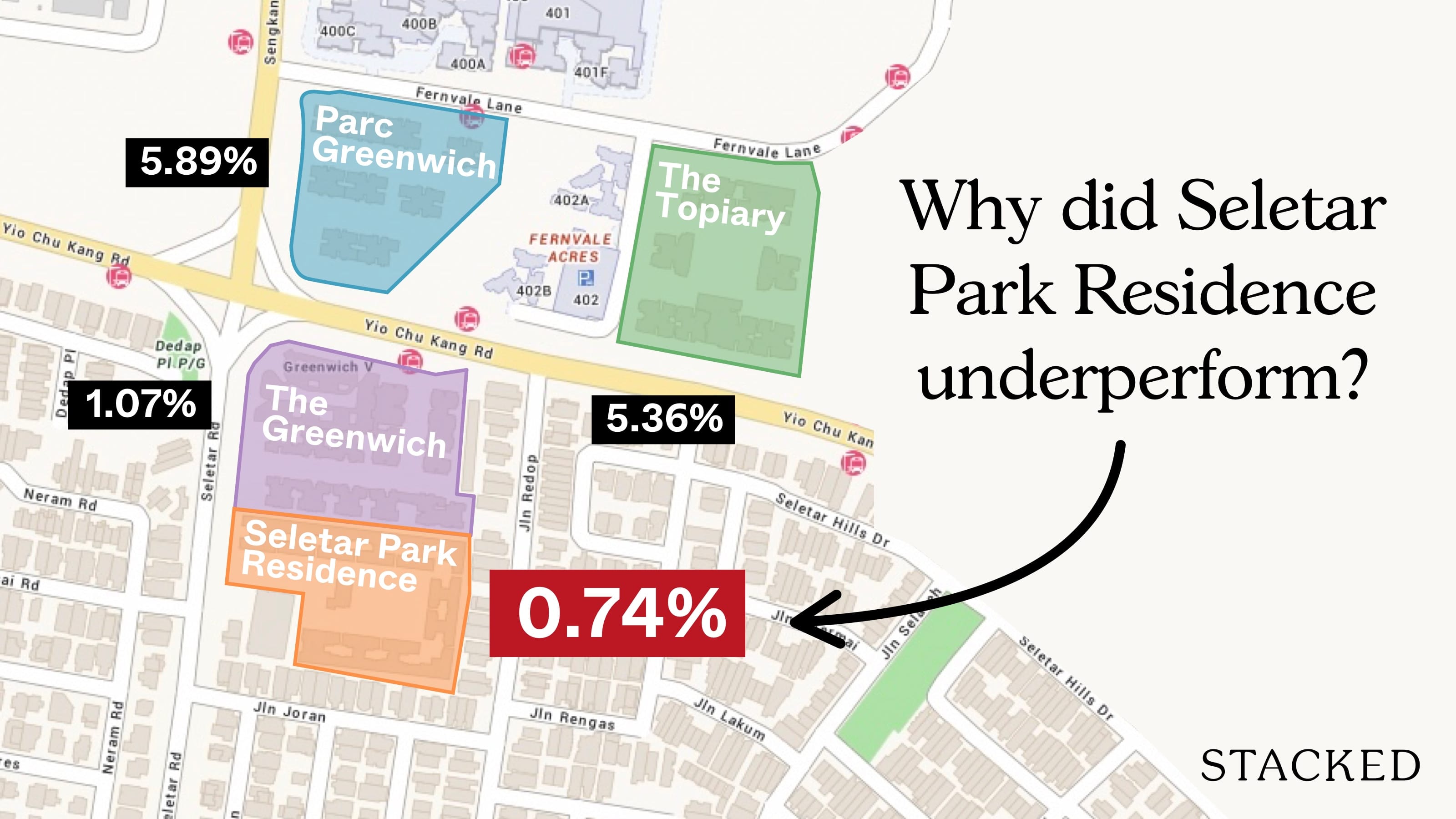
Pro Why Seletar Park Residence Underperformed—Despite Its District 28 Location And Large Unit Sizes
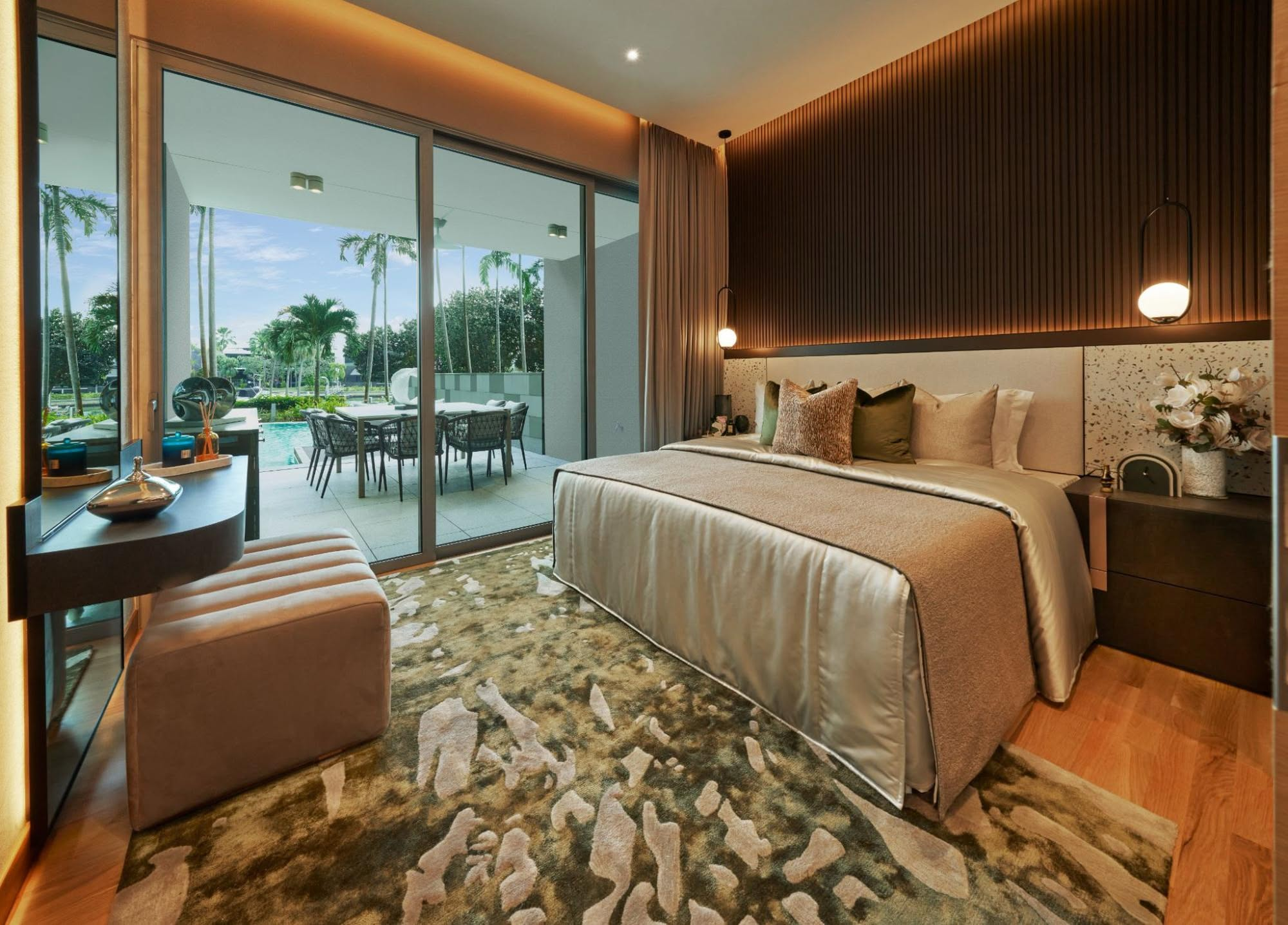
On The Market Inside A Luxury Waterfront Home at The Residences At W Singapore Sentosa Cove
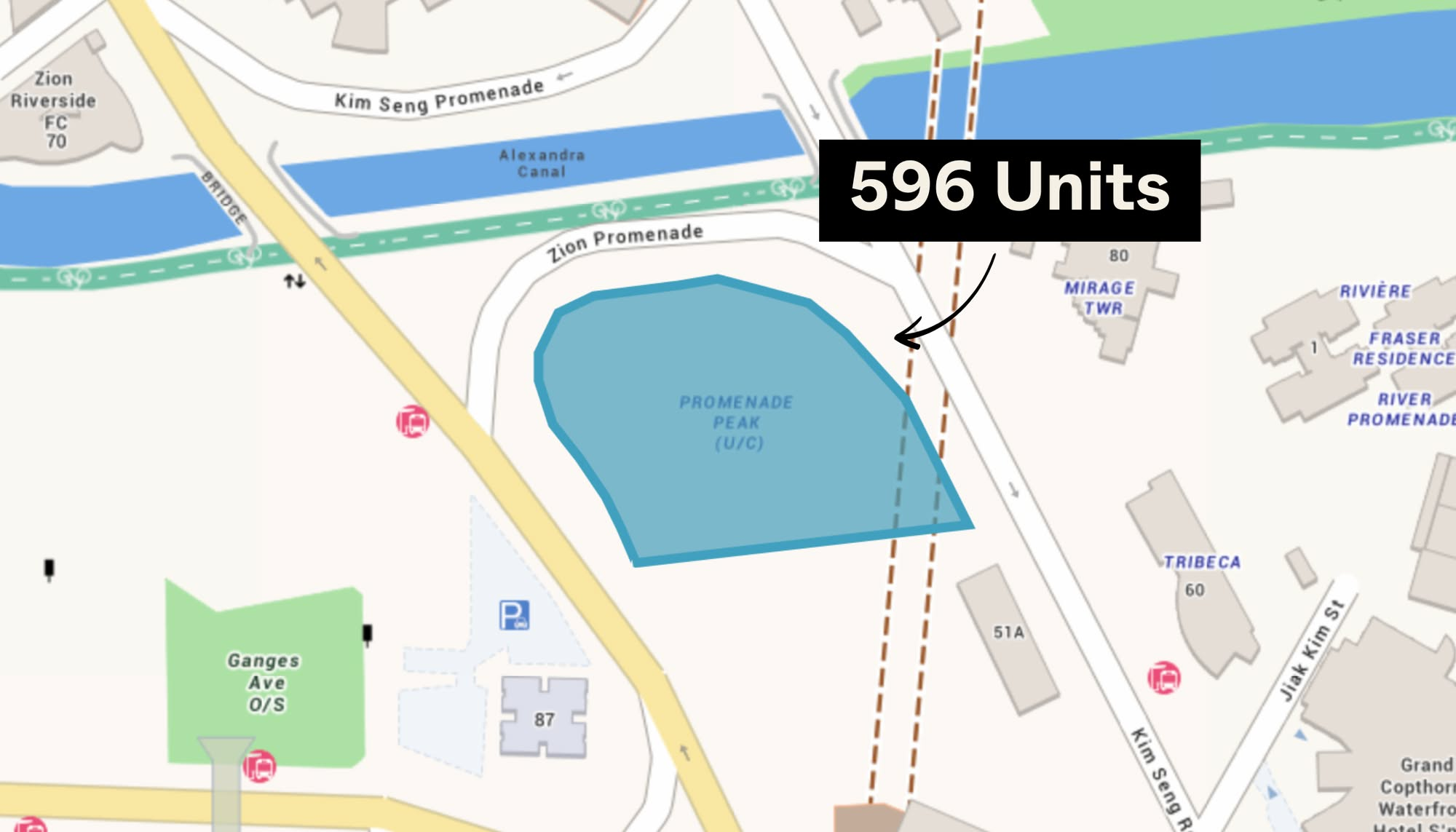
New Launch Condo Analysis Singapore’s Tallest New Condo Comes With the Highest Infinity Pool: Is The 63-Storey Promenade Peak Worth A Look?
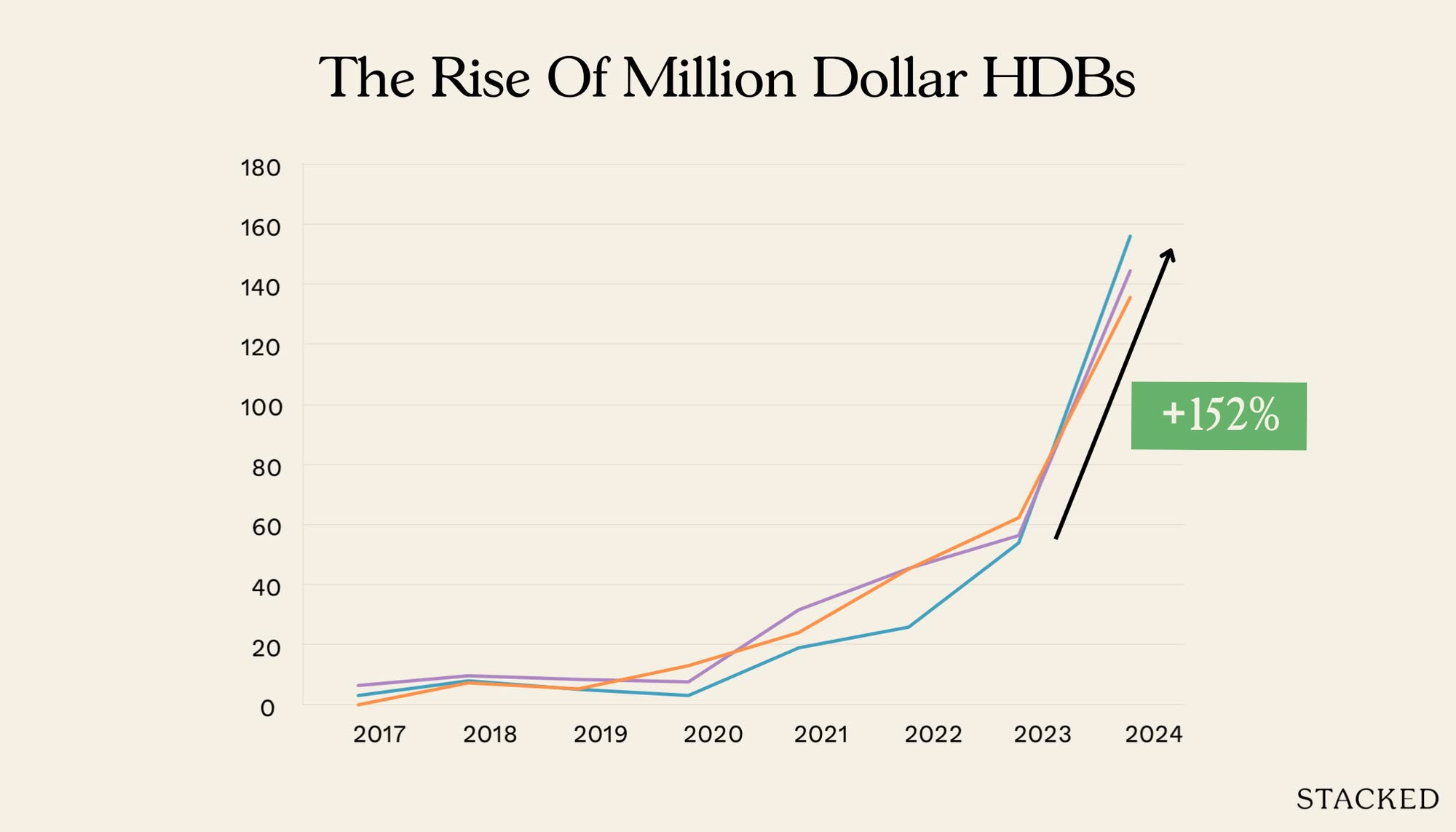
Property Market Commentary We Tracked The Rise Of Million-Dollar HDB Flats By Estate — And The Results May Surprise You
